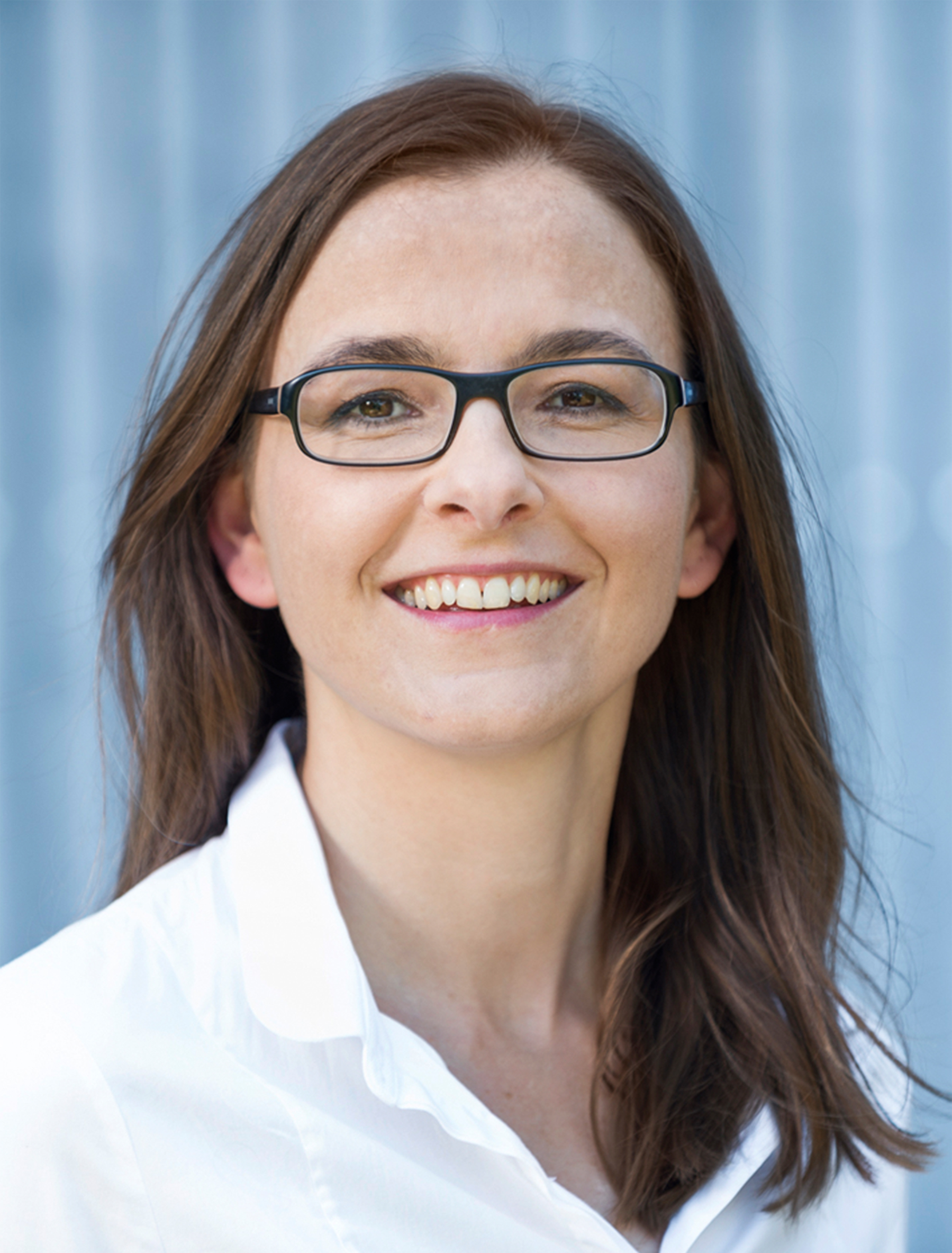Prof. Dr. Carla Rohrer Bley

Division of Radiation Oncology, Vetsuisse Faculty, University of Zurich
Division of Radiation Oncology
Radiation Oncology Group
Contact
The major focus of our research activities is based on the fact that we are working in one of the most state-of-the-art veterinary cancer treatment facility in Europe. To treat cancer in animals, we use many of the same methods available in human medicine, including radiation therapy, chemotherapy, and surgery. We are also one of the few veterinary facilities able to offer innovative treatments such as interventional radiology, immunotherapy, stereotactic radiosurgery, and intensity modulated radiotherapy.
While treating animal patients with spontaneously occurring tumors we believe that with research focusing at diseases or conditions similar to those occurring in human patients, we can make our contribution to increasing the complex knowledge about cancer.
Our research focus consists of 3 major topics that investigate:
1. The behavior of tumors or normal tissues upon anticancer treatment, mainly radiotherapy: we investigate ionizing radiation induced cellular and tissue damage with two approaches.
A) On the cellular or biopsy sample level we follow the extent on DNA damage produced by radiation, their speed of recovery and repair after radiation and the pathways involved in repair of the damage.
B) At the tissue and functional level, we follow the damage produced by radiation (side effects), especially when large fractions of radiation doses are applied, such as in stereotactic hypofractionated radiotherapy.
2. In a more theoretical approach, complication probabilities after radiotherapy are approached by NTCP calculations. By making best use of the planning and treatment equipment, we are able to apply new treatment protocols to animals, with the goal of increasing tumor control with higher radiation doses at an adequate level of normal tissue toxicity. As we are able under ethically approved conditions to not only use new protocols, but then also follow our patients for a long time, the theoretical calculations of protocol toxicities can be verified and validated in the clinical course of the patient.
3. By using the animal patients as a model for certain research questions, we are able to test new and at the moment still experimental equipment on animals, given owner’s consent. In collaboration with the Kantonsspital Aarau and IT’IS Foundation, we are currently testing a new hyperthermia applicator in combination with fractionated radiotherapy. The animal patient model hereby provides a naturally occurring tumor in a patient with an intact immune system and similar physiological size as human patients. This allows us to test equipment that might be translated into the use in people at a later timepoint. Furthermore, tissue or blood samples can be analyzed, improving the understanding of the cellular mechanisms involved in the combined treatment approach of thermoradiotherapy.